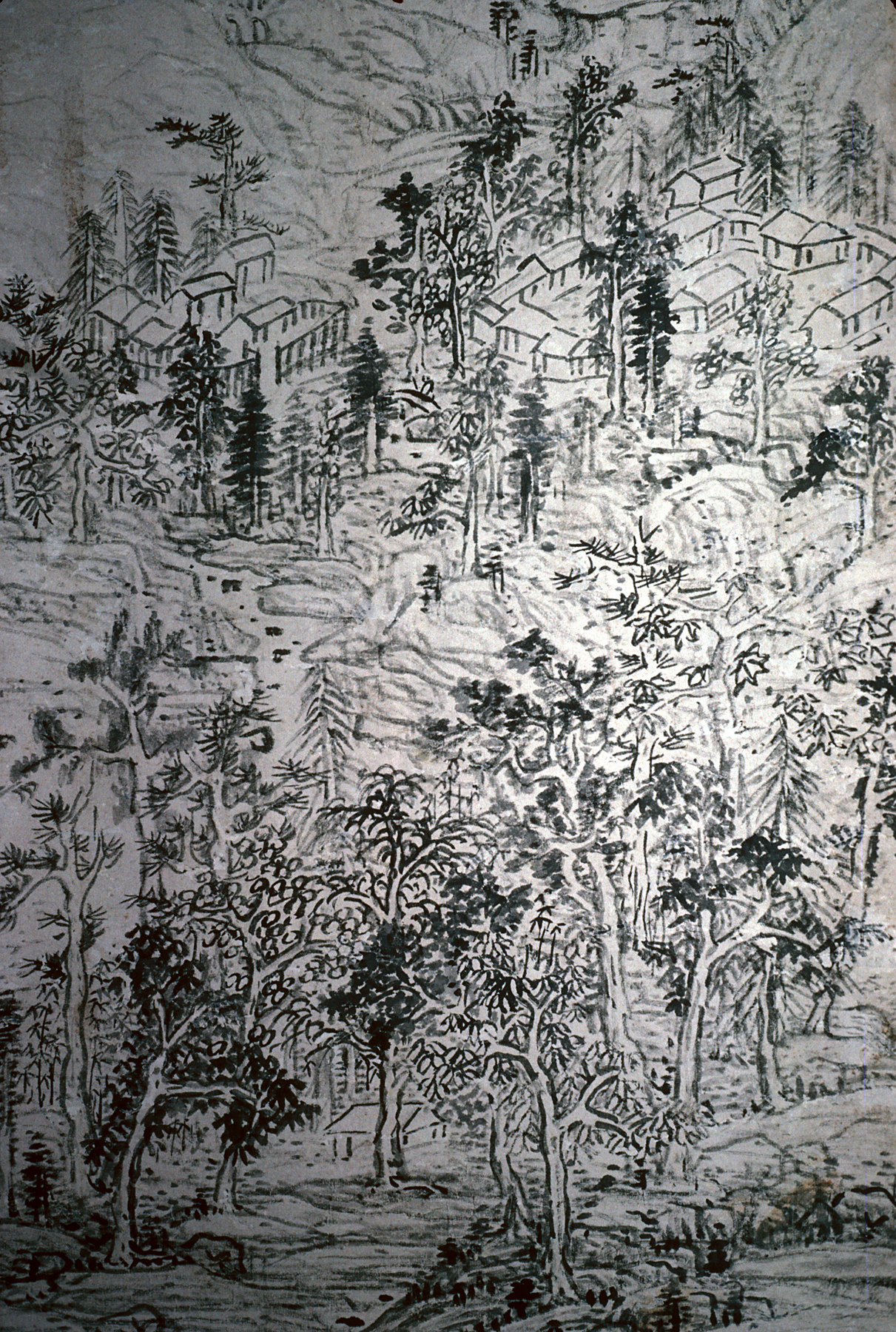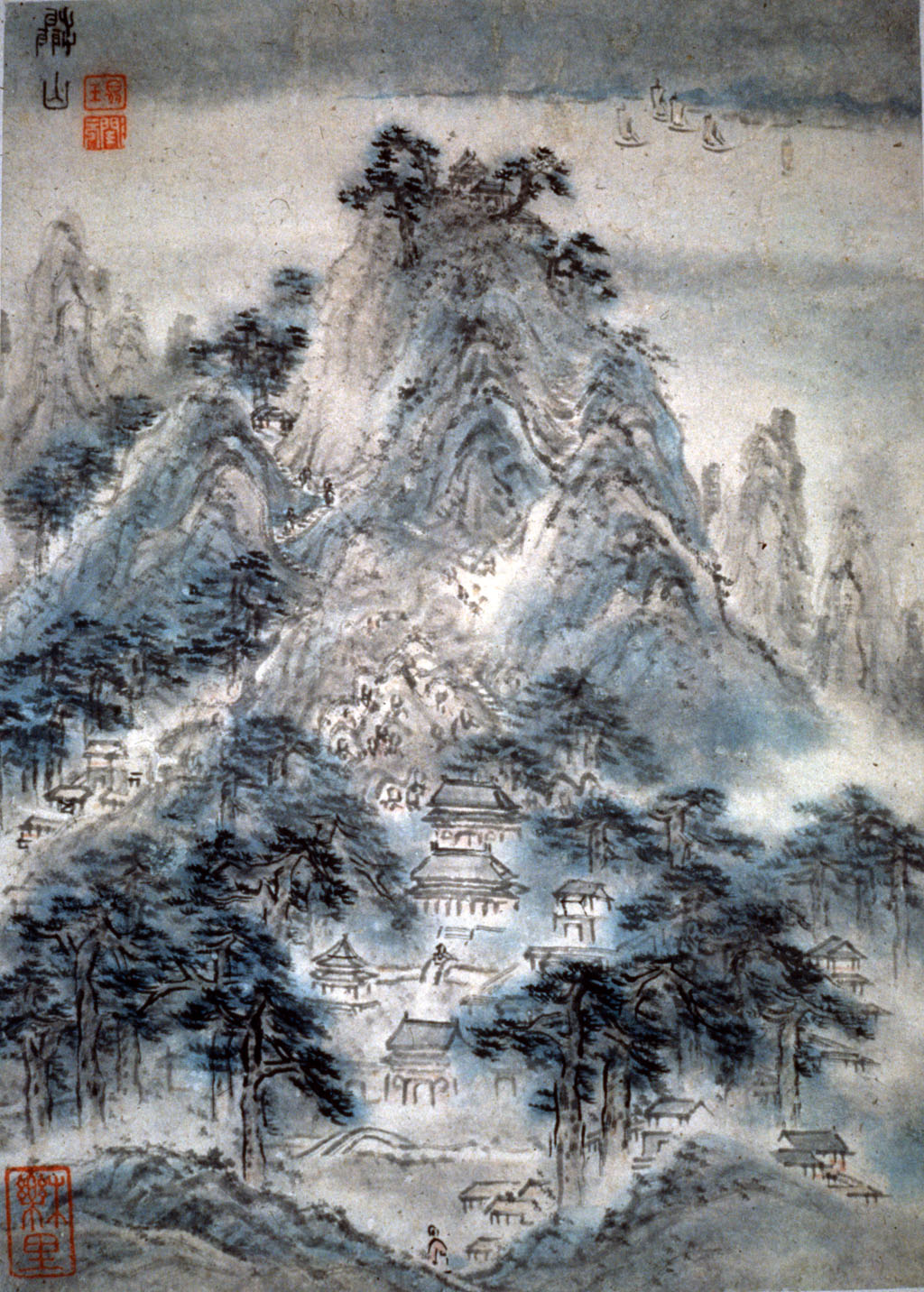Mountain Landscape, Hu Yukun
Artwork Overview
Hu Yukun, artist
active 1630–1681
Mountain Landscape,
1681, Qing dynasty (1644–1911)
Where object was made: China
Material/technique: ink; paper
Dimensions:
Image Dimensions Height/Width (Height x Width): 78 x 32.2 cm
Image Dimensions Height/Width (Height x Width): 30 11/16 x 12 11/16 in
Mount Dimensions (Height x Width x Depth): 179 x 47.4 cm
Mount Dimensions (Height x Width x Depth): 70 1/2 x 18 11/16 in
Roller Dimensions (Width x Diameter): 22 1/2 x 1 5/16 in
Image Dimensions Height/Width (Height x Width): 78 x 32.2 cm
Image Dimensions Height/Width (Height x Width): 30 11/16 x 12 11/16 in
Mount Dimensions (Height x Width x Depth): 179 x 47.4 cm
Mount Dimensions (Height x Width x Depth): 70 1/2 x 18 11/16 in
Roller Dimensions (Width x Diameter): 22 1/2 x 1 5/16 in
Credit line: Museum purchase
Accession number: 1986.0011
Not on display
If you wish to reproduce this image, please submit an image request







